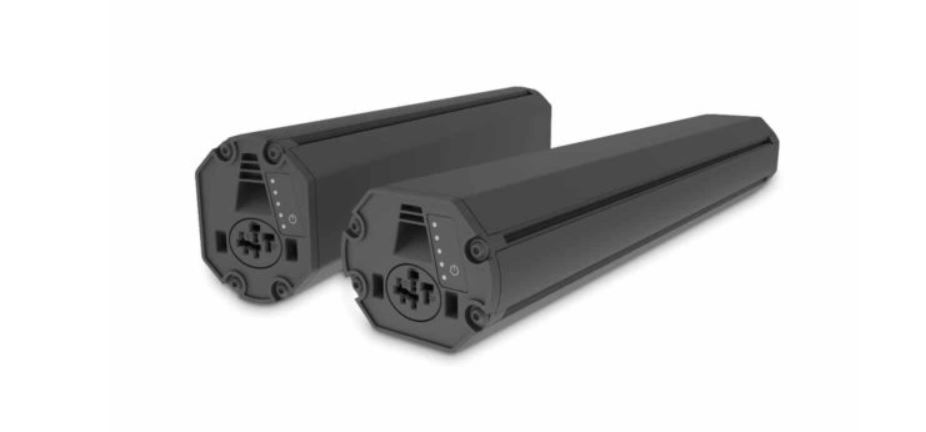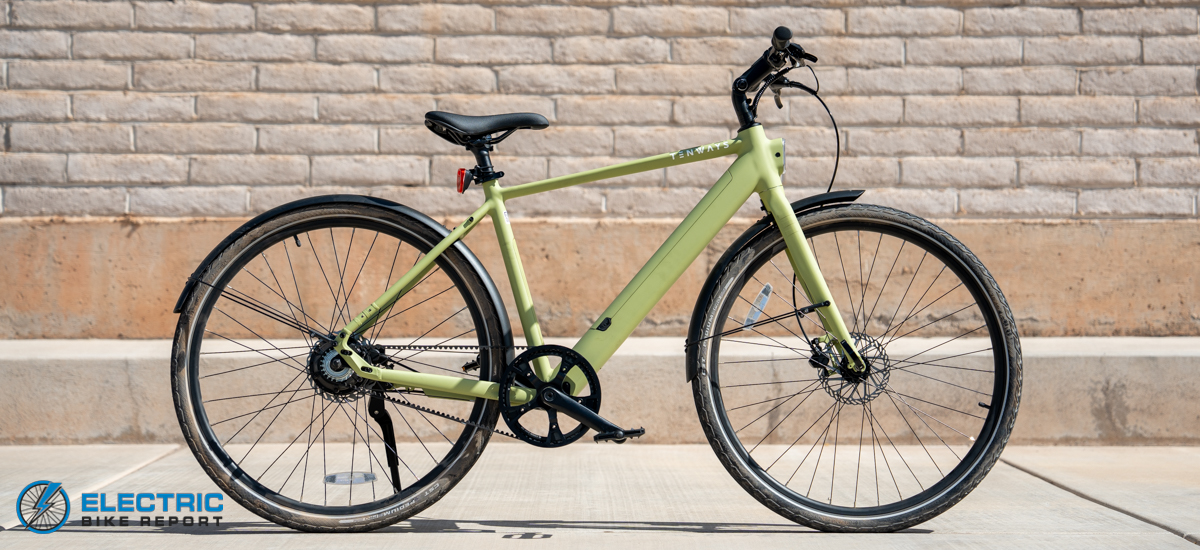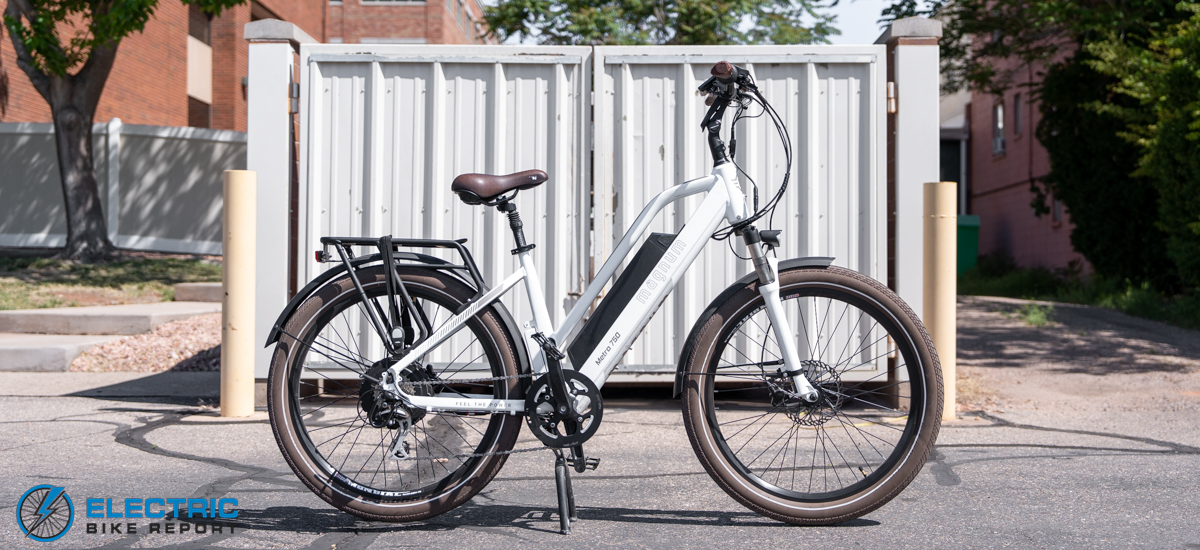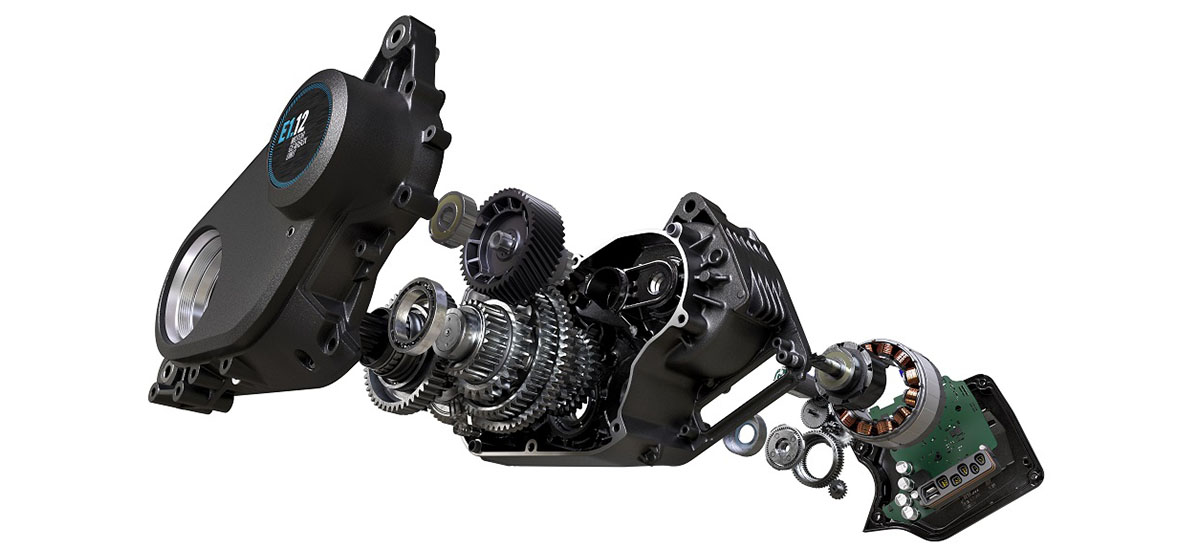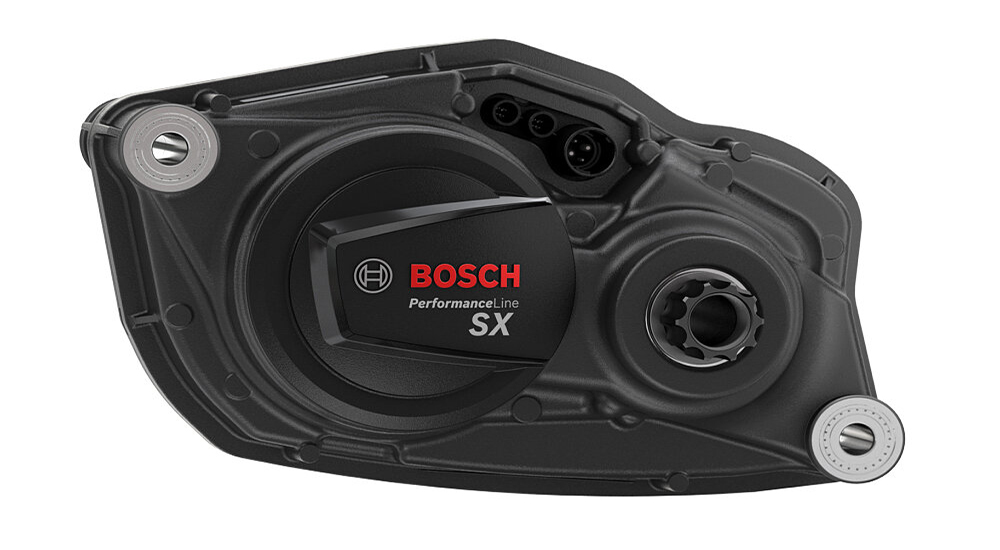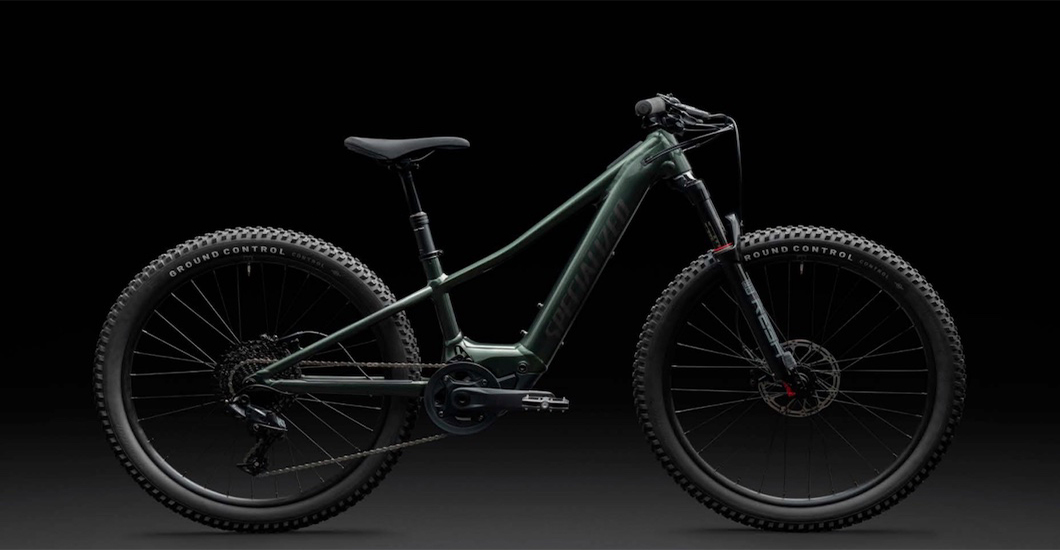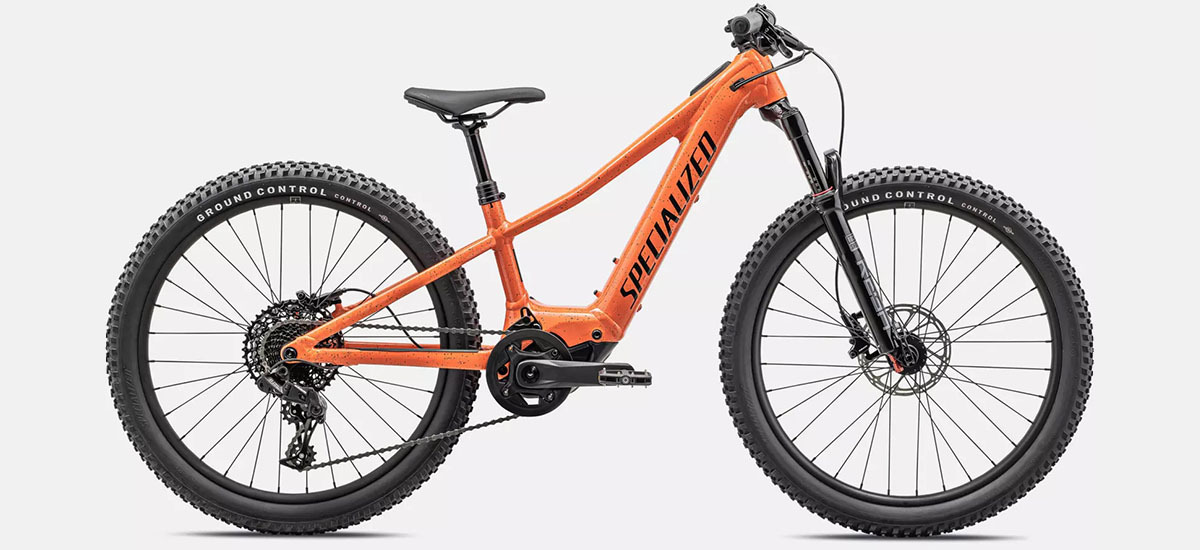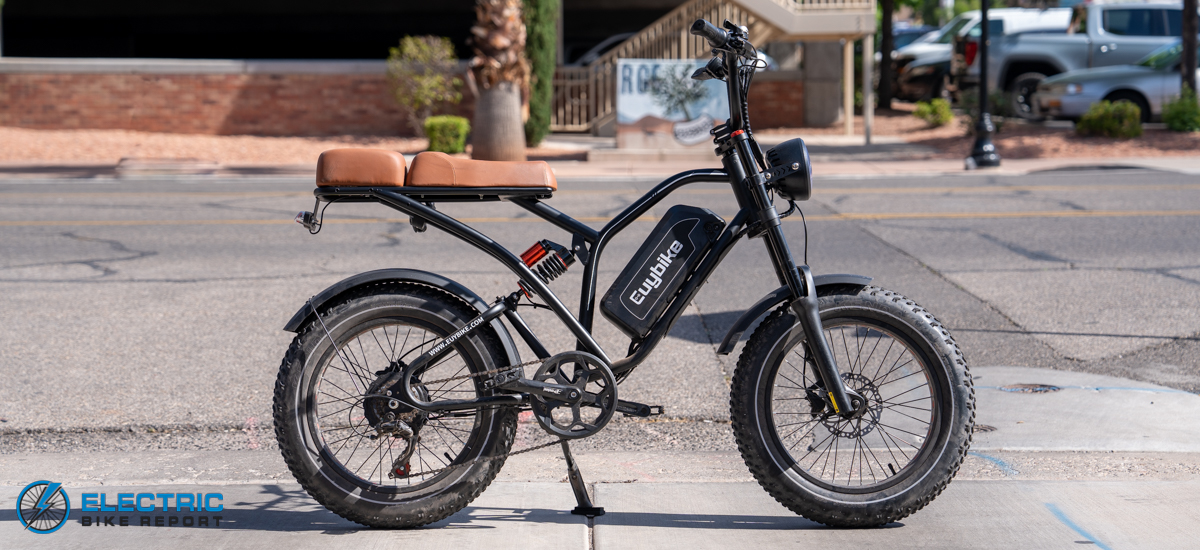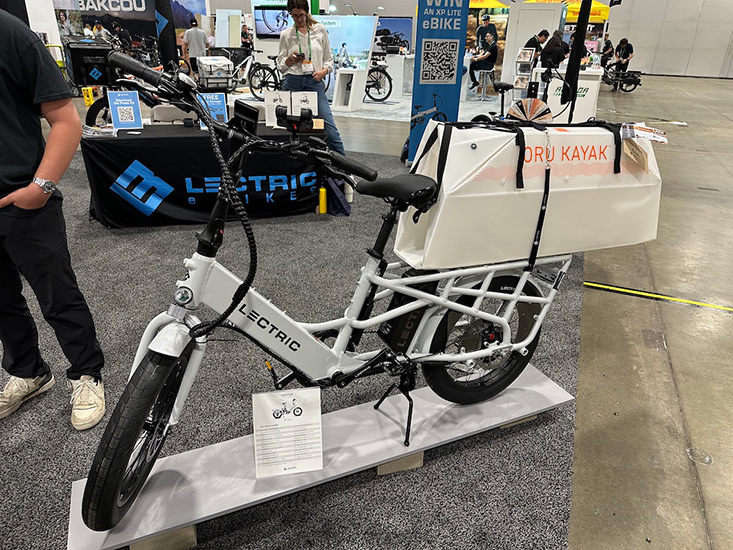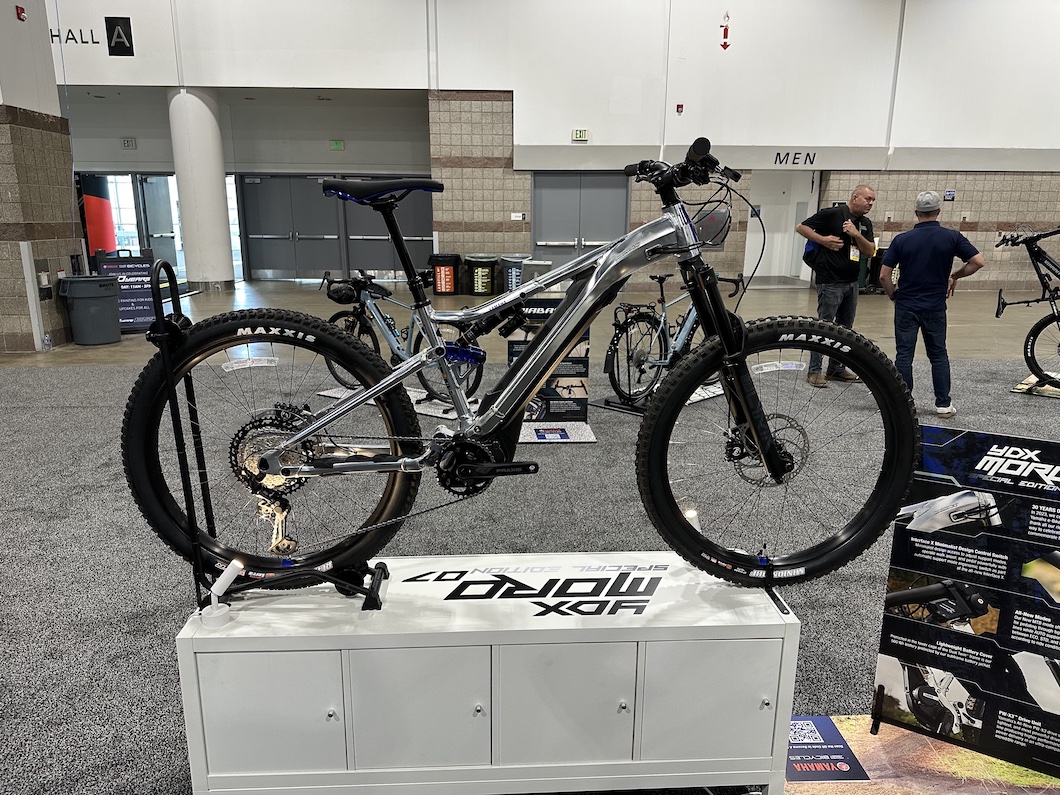It’s not often that e-bikes can attract $25 million dollars of federal funding but that’s the amount heading to New York City for new – and hopefully much safer – charging infrastructure designed to stop people charging e-mobility devices (including e-bikes) in housing and businesses and causing a fire risk. If it works and prevents lithium battery fires (some of which have been fatal) then it will all have been worth it.
Elsewhere in this week’s news we have a strong technological innovation theme, with reports about Fuell’s new e-bikes that utilise a mid-drive and gearbox in one style system from Valeo, whilst there’s a nice feature from Bike Europe on Specialized’s history of e-bike innovation in Switzerland.
In this week’s e-bike news:
- New York City gets $25 million for safer charging and storage infrastructure
- Fuell and Valeo team up for long range e-bikes on Indiegogo
- What has Specialized been up to in Switzerland?
- E-bike Vision offers third party, safety-accredited batteries
- Euro/UK e-bikes sales top 5 million in 2022
